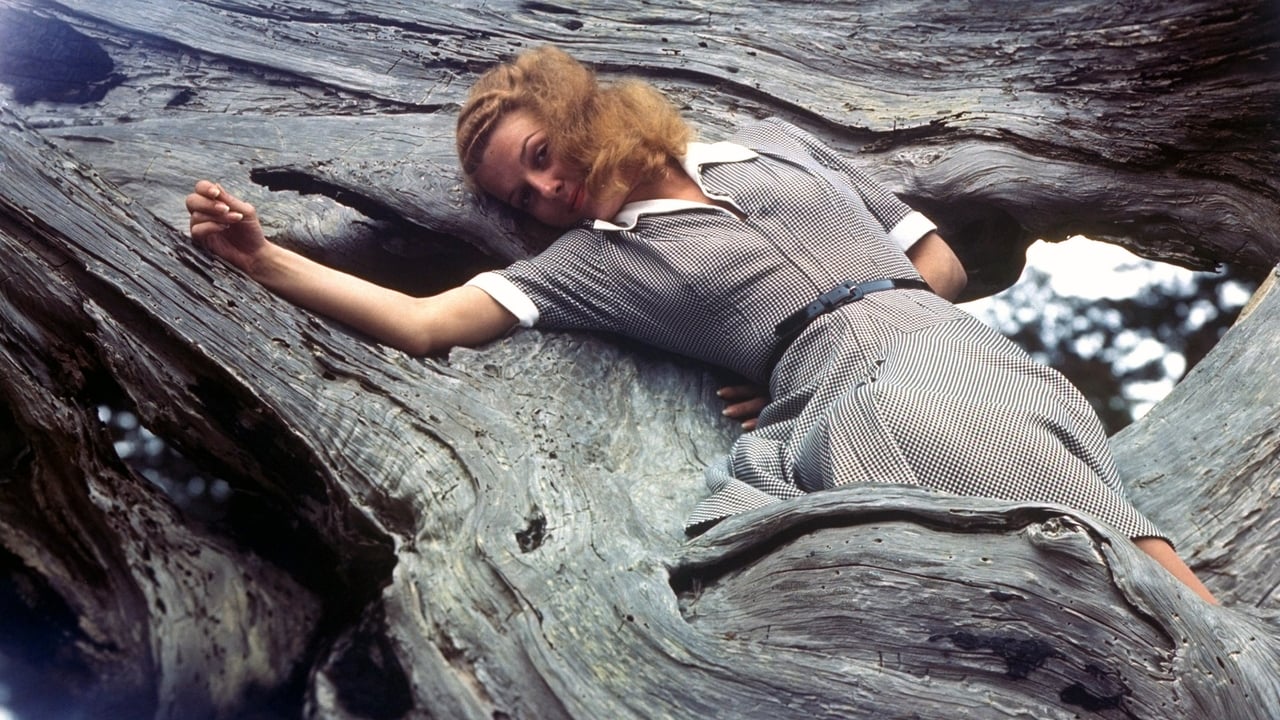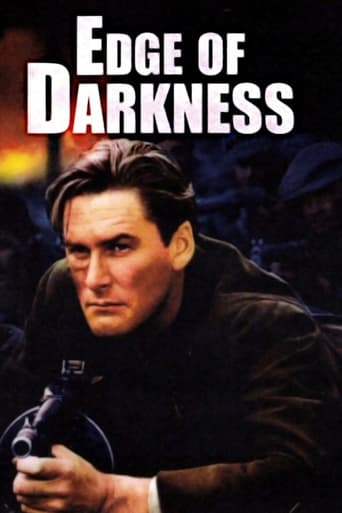



Very well executed
One of the worst movies I've ever seen
not as good as all the hype
A bit overrated, but still an amazing film
So this film is heavy-handed; it is jingoistic, it is propaganda. So what. What really counts is that the acting is believable; the characters are believable. The story is believable; although it stretches the limits of believability. Flynn and Sheridan are good, as is Huston and several other solid supporting roles. There are some minor attempts to humanize one German soldier, but all the rest are demonized, as was the fashion of this era's filmmakers. Of course, we now know there are two sides to every story of war; as so well demonstrated by Eastwood's Letters From Iwo Jima. That side is not presented in this film, and is one of its weaknesses. Yes, the Nazis were evil, Hitler was evil, and occupying forces of Norway were evil. But several of the soldiers sent there by Germany were not evil; they were just soldiers doing their job.The oversimplification of portraying all German soldiers as evil no longer has any validity from the realities of real war. Several of them were evil; and several of them were just doing their duty. All of the townspeople, however, were good people, and did their best to resist the Germans. It is the Norwegians we should remember from this film; not the evil Germans.
View MoreMade during the middle of WW2, "Edge of Darkness" tells how the Norwegian citizens of Trollness, led by a resistance fighter played by Errol Flynn, rose up and liberated themselves from their Nazi oppressors.Although the film is probably as close to real events as "Cowboys vs. Zombies", historical accuracy wasn't the number one priority of the filmmakers. The film was a contribution by Warners Bros to the Allied war effort, and is so stirring that if people didn't rush off to enlist as soon as they left the theatre then they would have at least bought a stack of war bonds. There is a lot of movie magic in the film. Location footage was combined with scenes shot on the sound stage with a great deal of miniature work thrown in. This mixture gives the film a somewhat mythical quality; we are drawn into the isolated, almost claustrophobic world of Trollness, where the battle, physical and ideological, is fought between the Norwegians and the Germans.These days we accept Errol Flynn as a far better actor than was probably acknowledged back then when his activities in the bedroom seemed to blur any appreciation of his talent. He underplays here and is very believable as is Ann Sheridan.However, Helmut Dantine stole the show as the commander of the German garrison. Dantine could 'master race' with the best of them. Hollywood had some very effective actors who specialised in playing Nazis, but Dantine could out-heel click, out-Heil and out-face slap any of them. Although Nazis of that era could never be portrayed sympathetically, Dantine created a complex character, seemingly on the verge of a breakdown.The most memorable sequence in the film is the uprising at the end. Much of the action is filmed with the same brilliant tracking shots director Lewis Milestone used in "All Quiet on the Western Front" especially as the Norwegians advance against the German machine guns or fight them hand-to-hand in the streets.There are many dramatic speeches in the film. A number of characters espouse ideas that probably weighed against the screenwriters a little later in the McCarthy era. After all, the biggest traitor in the film is also the major symbol of capitalism - the wealthy owner of the local cannery.The battle was also fought in the film's music. Franz Waxman counterpoints soaring renditions of Norway's national anthem and hymns with bursts of "Deutschland über alles" - all adding to the richness of the film.I can imagine this would have been an uplifting film to see during WW2. Even now it's hard not to get a lump in the throat as the Norwegians break into song in defiance of the Nazis. Corny to some maybe, but for me it's a classy piece of filmmaking from Hollywood's Golden Age.
View MoreSkip it – Only see this movie for its historical influence. This is actually a very good movie, but it's more of a drama. This movie becomes legendary when you consider it was actually made during World War 2. The final battle is surprisingly good and worth the wait. I've never seen so many Nazis getting gunned down, and so much passion and emotion in a battle. It's the story of Norwegian resistance fighters. It is a very old movie and pretty slow in parts, and that's why most people haven't heard of it. Compare it to the modern day "Defiance." "Edge of Darkness" has been nearly lost over time, but it is one of Errol Flynn's best considering its significance. Action movie, no. Classic war movie, yes. 2 out of 5 action rating
View MoreEdge of Darkness is what Hollywood used to be about. Younger viewers will probably be shocked that indeed movies were once made that extolled virtues such as self sacrifice, heroism, patriotism and courage against overwhelming odds. While the setting is in Norway, it reflects what America once believed. There is no political correctness here. Pacifists and collaborators are viewed as traitors. Tolerance for the invader is unthinkable.Told in flashback we learn that a small Norwegian village has been under German occupation for several years. The Germans routinely harass, abuse and generally ride rough shod over the locals whose tempers have reached the boiling point. The Germans feel free to take what they please while the inhabitants struggle to exist.Slowly but surely the villagers, led by Gunnar Brogge (Errol Flynn) began fighting back by engaging in acts of sabotage, defiance and even assassination. The Germans counter with ever harsher regulations and measures. After receiving guns from the British, the people rise up and engage their oppressors in a climactic battle of annihilation. Yes, there was a time when guns were recognized as instruments of freedom.The performances in this film were outstanding. One can only cheer when Karen Stensgard (Ann Sheridan) proclaims "To a free Norway". Equally good performances were wrought by Helmut Dantine, Walter Huston and Richard Fraser. I particularly enjoyed Frasers transformation from a meek pastor who wants peace at any price, to a Tommy Gun toting avenger who saves the lives of soon to be executed hostages. Equally impressive is Hauptmann Koenig's (Helmut Dantine) wide eyed frightful exclamation, "You didn't see them, they just kept coming and coming...", when his headquarters is under siege.Very effective was the soundtrack which was dominated by the strains of "A mighty Fortress is our God".As the movie concludes we hear the voice of FDR invoking viewers to "Look to Norway" if they doubt why we were engaged in that titanic endeavor known as World War II..
View More